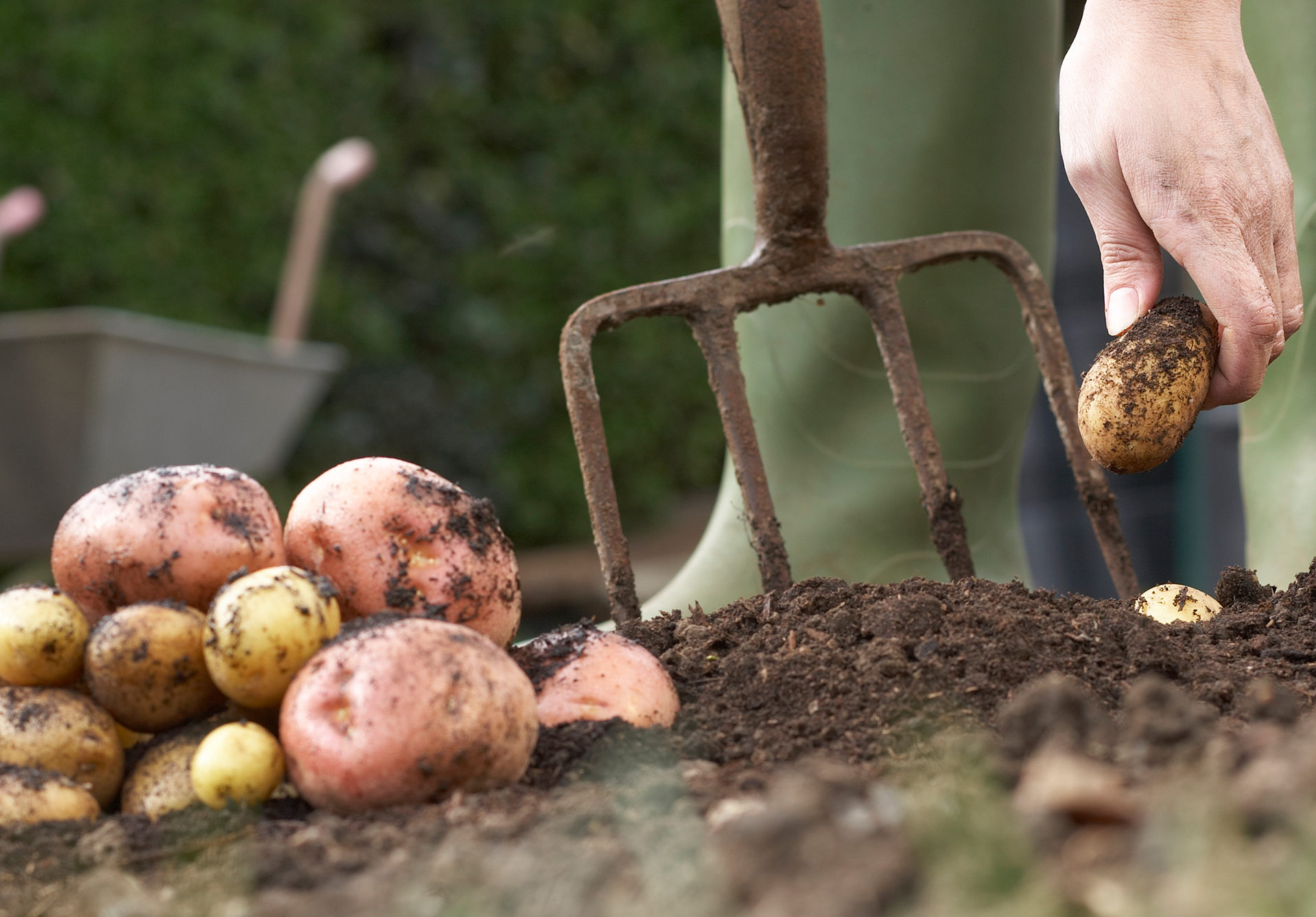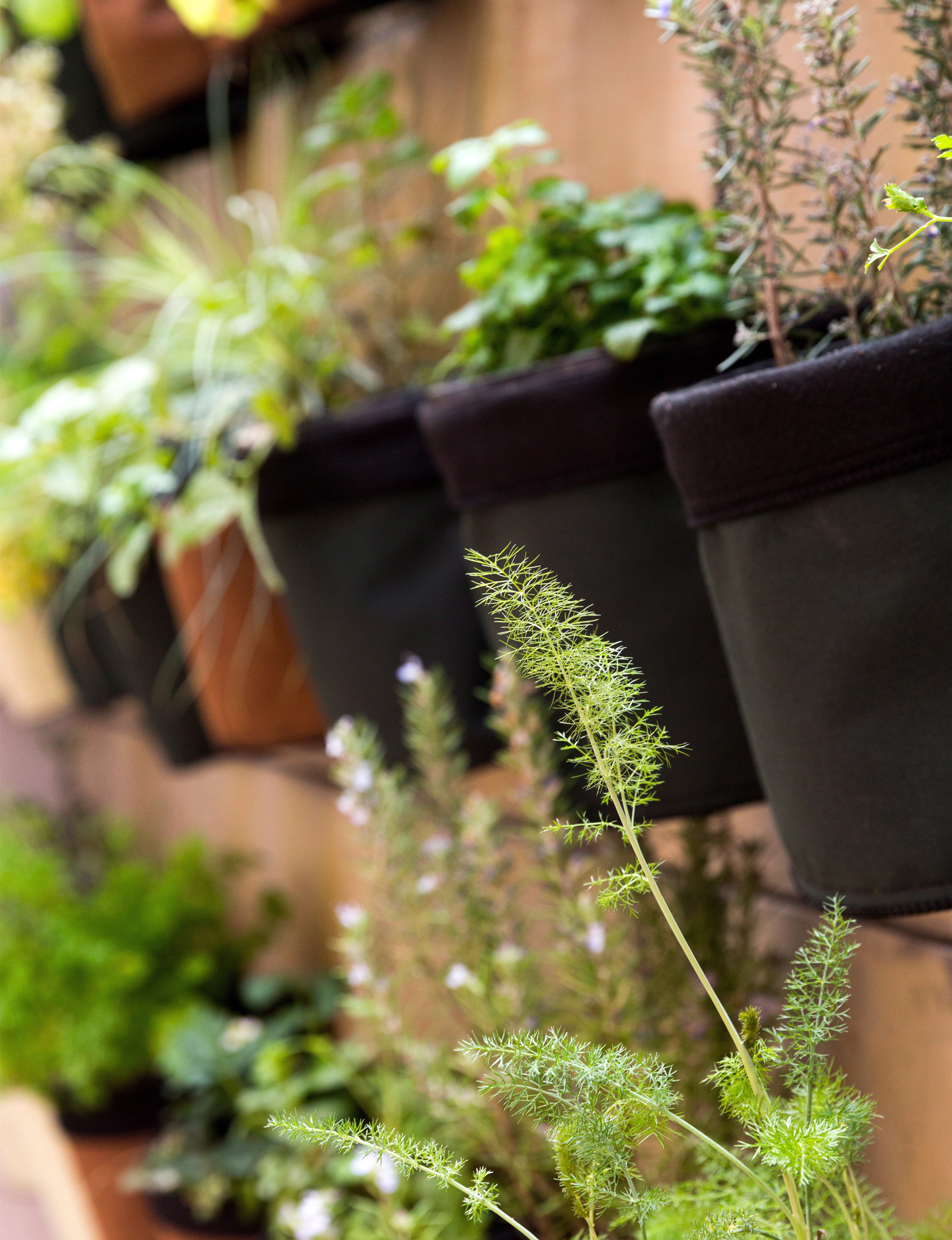Spring is in the air. It’s time to pick new asparagus shoots and put sprouted potatoes in the ground. Here’s what to sow, plant and harvest in October

The best vegetables to plant in October
+ If you’re lucky enough to have space for growing potatoes, it’s not too late to plant. Soil temperatures needs to be above 7°C for spuds. Speed up the process by chitting (sprouting seed potatoes in a warm spot out of the sun) so they form plenty of shoots. When shoots are about 2.5cm long the potatoes are ready to plant.
+ Avoid planting iceberg lettuce seedlings in warmer areas as they can take a couple of months to mature and do better in cooler temperatures. Cos is one of the most heat-tolerant lettuce types. When planting out lettuce seedlings space them about 15cm apart. To protect against heavy rain and snails cover with cloches for the first 2-3 weeks. Soil should be fertile with plenty of organic matter such as compost, seaweed or well-rotted manure added beforehand to hold the water and provide nutrients for these hungry feeders.
+ Spring-planted onions will grow far more quickly than those planted over winter, so now is a better time for space-poor onion lovers. Spacing seedlings quite close together (3-5cm) means your onion bulbs will be smaller and suitable for eating as spring onions or for pickling. To grow bigger bulbs space them at least 10cm apart. Try to choose an onion variety to suit the season.
+ Cauliflower can still be planted in cooler places. It’s often better to plant seedlings than sow cauliflower seed direct to ensure plants have a good root system. Choose a spot with good sun and space seedlings 45-60cm apart.

Here’s what you should be harvesting in October
+ The best way to avoid bitter lettuces is to pick them at the right time. For crisphead types such as iceberg, butterheads (eg ‘Buttercrunch’) and cos, the central head should be firm. Don’t wait until your lettuce starts to flower or it won’t be worth eating.
+ Harvest the leaves of leafy lettuces such as oakleaf every few days.
+ Celery should also not be left in the garden too long or it becomes woody and bitter. And, as you do with leafy lettuces, rather than wait until the entire plant is mature, carefully remove just the outside stalks as you need them.
+ Those in warmer regions may be harvesting early-crop potatoes this month. New potatoes don’t have thick skins so take care not to damage them with a shovel or fork. Hand harvesting is often best, loosening the soil first with a fork. Eat soon after harvest for best flavour.
+ If very few peas make it to the pot when harvesting, don’t worry. Eating them straight from the garden is the best way to teach children that their veges don’t come out of the freezer. Protein-rich peas are full of goodness but much of this is lost in cooking and freezing.
+ When harvesting newly planted asparagus only pick spears that emerge in the first week or so, leaving the rest to turn into ferns that produce nutrients for next year’s crop. The following year you can pick for longer (2 weeks or so), and once plants have been in the ground for 3 years you can increase the cropping period to 8 weeks. Only cut back ferns when they have turned brown.

These are the vegetables to sow in October
+ Parsley seed can be sown in large pots for container cultivation or for planting out later. Choose a sunny spot and sprinkle seed thinly on top of soil mix. Cover very lightly with fine soil and keep moist and warm. Seedlings should pop up in 3-4 weeks.
+ Keep sowing spinach directly into the garden for a continuous harvest, but only if the soil is warm enough. Otherwise, sow in trays for planting out later. Spinach does best in cooler weather and light soils with compost and manure added before planting. Water regularly.
+ Broad beans can still be sown but if your soil is very wet or cold, sow seed in punnets for planting out later. A sunny, sheltered spot is best, ideally at the back of the bed so they don’t shade other crops.
+ Summer isn’t the same without lots of fresh salads. The choice of different salad green varieties and mixes is huge so check out seed supplier websites and go for something with coloured leaves for the most nutrition.
+ You can’t beat the flavour of home-grown tomatoes. Keep seedlings in a greenhouse or a sunny, sheltered spot and transfer to larger pots as roots develop. When the first flowers appear they should be strong enough to plant out.
+ Sow sweetcorn seed into punnets or trays and keep on a warm, sunny windowsill or outside under glass. Keep potting into larger containers until seedlings are a good size before planting out. Short-season varieties are best in colder parts of the country.
Words by: Carol Bucknell.
EXPERT PROJECTS

Create the home of your dreams with Shop Your Home and Garden
SHOP NOW











